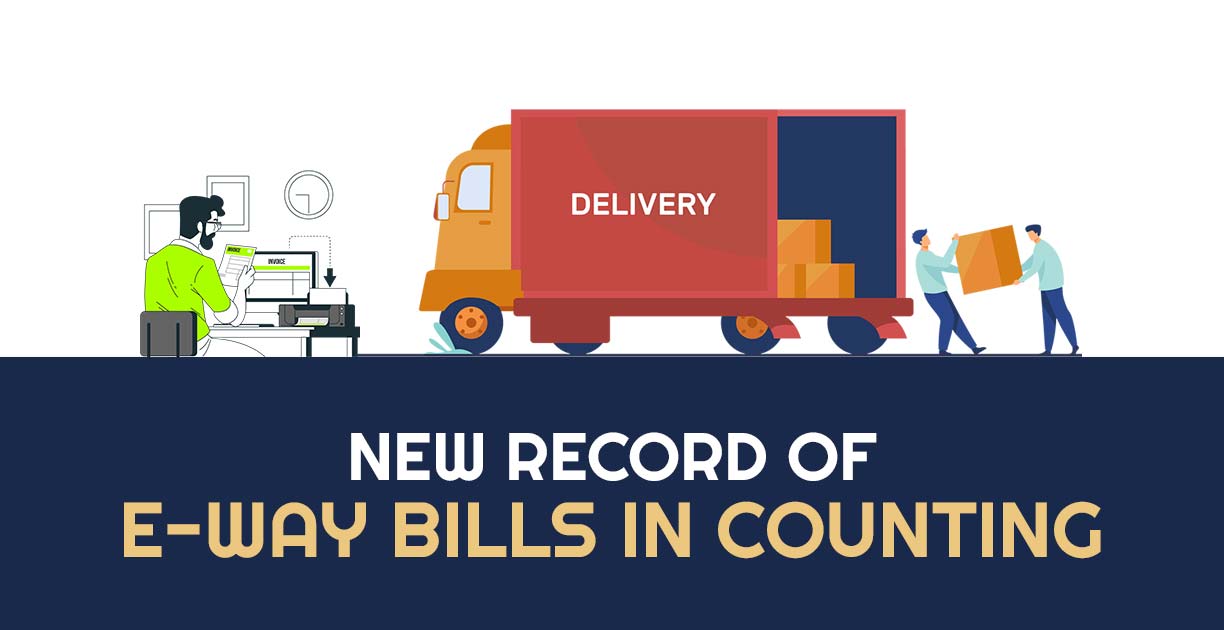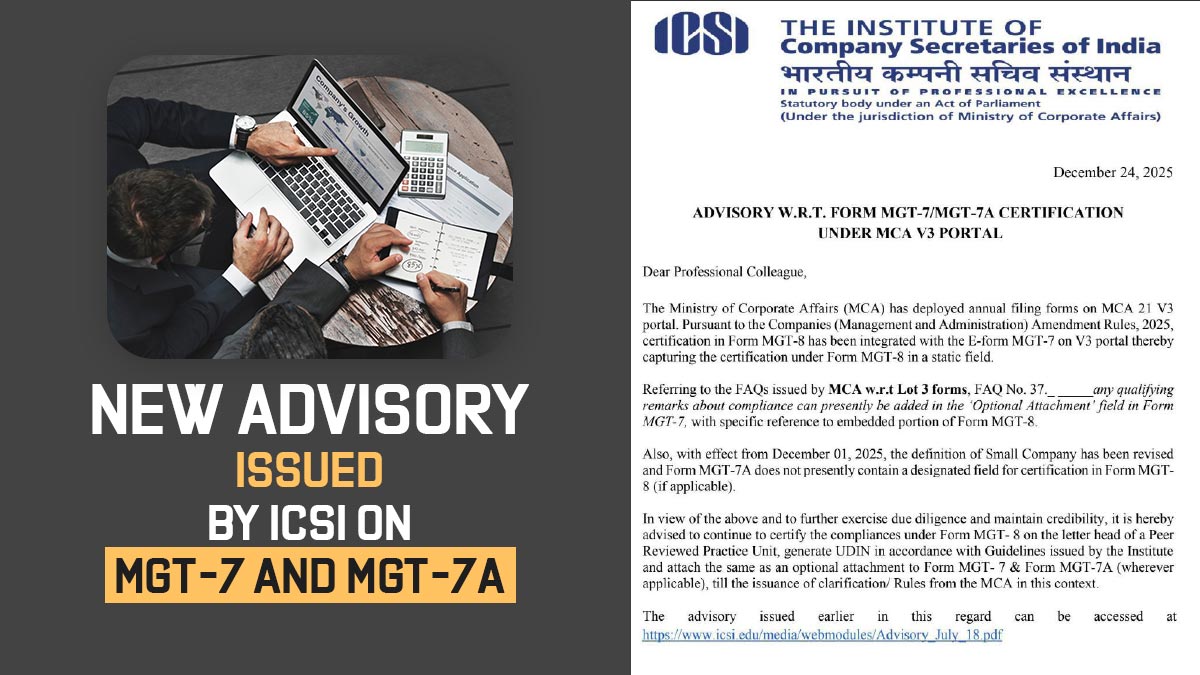
E-way bill generation would have spotted a surge in the month of March in the current year, directing to the record-high GST collection
Electronic permits for transporting goods within and across states (e-way bills) have attained the highest record of over 84 million in the month of September, which shows the growth of the economy during the festivals.
The surge in e-way bills has indeed represented the rectification of the GST receipts in October month.
On 1st November, GST revenue receipts would get reported. The official information available from GSTN is the nonprofit firm that processes GST returns specify that over 84 million e-way bills would get generated in the month of September.
GST E-way bill generation would have spotted a surge in the month of March in the current year, directing to the record-high GST collection of Rs 1.69 trillion in the month of April and is on more or less steady and attains a rise from June month.
The experts specified that the festive demand would have supported the scenario “In our view, the uptick in GST e-way bills implies manufacturers expect healthy festive demand. What remains to be seen is whether the positive sentiments sustain. There is an element of pent-up demand of two years that is supporting spending this festive season,” a tax expert mentioned.
Apart from festive demand, the tax council has monitored the economic activities along with the B2B transactions would support the rise in GST compliance.
The rising trade trend in goods is as per the manufacturing PMI information for the month of September from S&P global, which shows the rise in the health of the industry belonging to manufacturing with the companies that increases production together with the upheld rise in the new work inputs. The expansion rate remained historically elevated even easing from August, S&P Global articulated on 3 October while reporting manufacturing PMI at 55.1 in September, which was in expansion territory for the 15th month in a row, calling it a solid rate of growth.
Read Also: Revised GST Slab Rates in India FY 2022-23 Finalized by the GST Council
Nayar of ICRA, a person is required to watch the demand of rural furnished the unseasonal rains that negatively affect the farm output. The unseasonal rains directed to the rise in the cost of vegetables with damages in the crop that gets reported from Punjab and Maharashtra. in September month Vegetable costs recorded over 18% inflation, data from the statistics ministry released on Wednesday showed.
RBI on 30th September mentioned that the optimism that urban consumption was sought via discretionary spending before the festive seasons and rural demand was been rectified and the demand for the investment has been attracted. As per the central bank, India’s economy is anticipated to grow by 7% in the existing financial year. The year 2023 might be worse compared to the year 2022, as cautioned by International Monetary Fund. Indeed in various countries, there is a surge in interest rates which the central banks have done to fight inflation. At an event Finance minister, Nirmala Sitharaman expressed in Washington DC that the subsequent Union budget would have to be “carefully structured” to maintain growth and prevent inflation.









